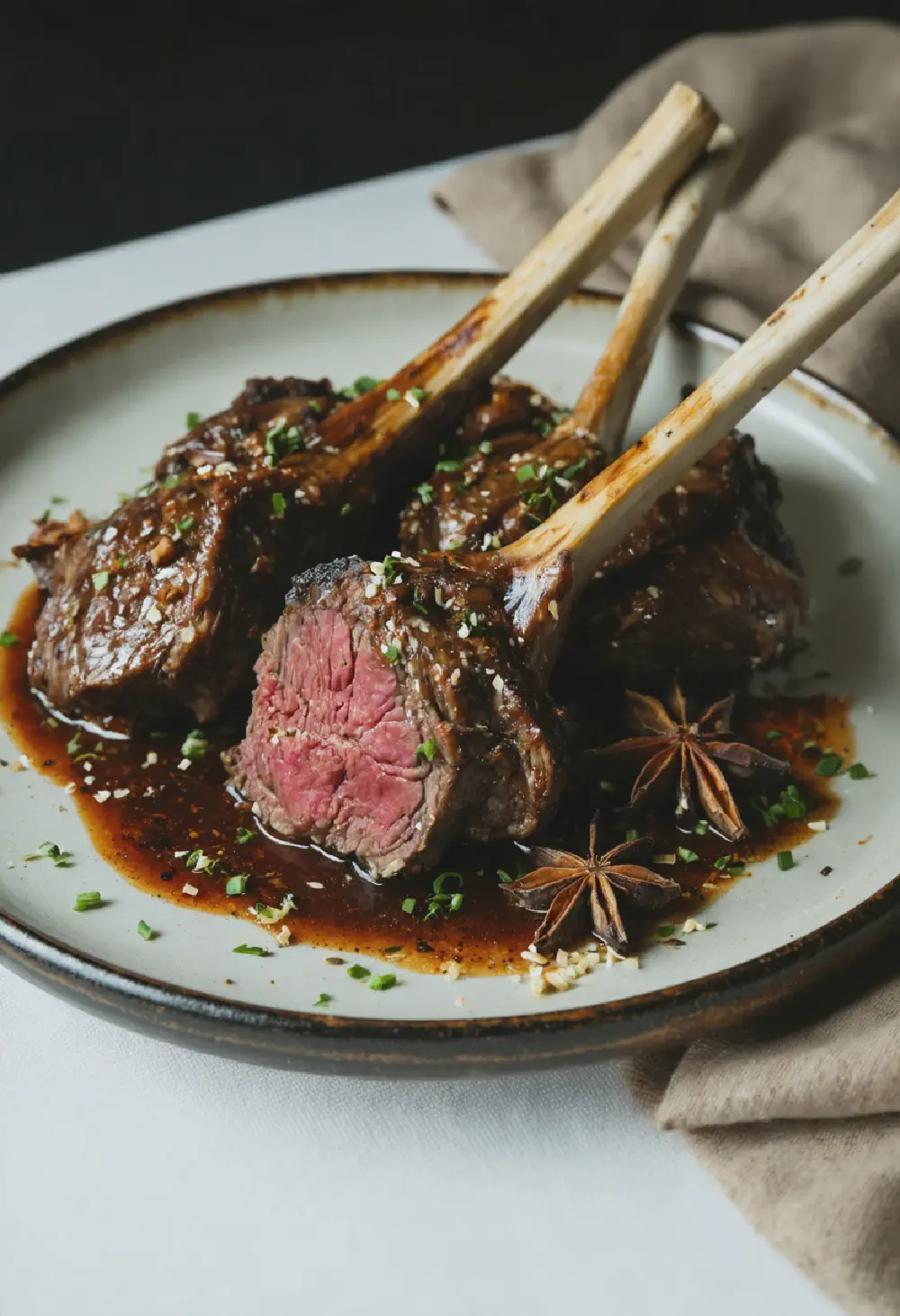Adobo Wings
10M
55M
- Makes 4 servings
- 2 lbs chicken wings, split at the joint
- 1/2 cup soy sauce
- 1/2 cup white vinegar
- 1 head garlic, cloves peeled and crushed
- 1 tsp whole black peppercorns
- 2 bay leaves
- 1 tbsp brown sugar
- 1 cup water
- In a large bowl, combine soy sauce, vinegar, crushed garlic, black peppercorns, bay leaves, and brown sugar. Mix well to create the marinade.
- Add the chicken wings to the marinade, ensuring they are fully coated. Cover and refrigerate for at least 2 hours, or overnight for best results.
- Transfer the marinated wings and marinade to a large pot. Add 1 cup of water.
- Bring the mixture to a boil over medium-high heat, then reduce to a simmer. Cover and cook for about 30 minutes, stirring occasionally.
- Remove the lid and continue to simmer for another 15 minutes, or until the sauce has thickened and the wings are tender.
- Serve the Adobo Wings hot, garnished with additional crushed garlic if desired.
Adobo Wings: A Filipino Delight
History
Adobo Wings, a beloved dish in Filipino cuisine, trace their roots back to the traditional Filipino cooking method known as “adobo.” The term “adobo” itself is derived from the Spanish word for marinade, seasoning, or sauce, reflecting the historical influence of Spanish colonization on Filipino culinary practices. Originally, adobo was a preservation technique used by early Filipinos to extend the shelf life of meat using vinegar, salt, and spices. Over time, this method evolved into a signature flavor profile that is now synonymous with Filipino cuisine. Adobo Wings, specifically, have become a popular variation of this classic dish, perfect for gatherings and celebrations, showcasing the adaptability and enduring appeal of adobo in modern Filipino cooking.
Taste Profile
The taste profile of Adobo Wings is a harmonious blend of savory, tangy, and slightly sweet flavors, making them irresistibly delicious. The wings are marinated in a mixture of soy sauce, which provides a deep umami flavor, and vinegar, which adds a sharp tanginess that balances the richness of the meat. Spices such as garlic, black pepper, and sometimes bay leaves are added to the marinade, infusing the wings with aromatic warmth and depth. When cooked, the wings become tender and juicy, with a rich, flavorful sauce that clings to every bite. This unique combination of flavors makes Adobo Wings a standout dish that is both comforting and exciting to the palate.
Cultural Significance
In Filipino culture, Adobo Wings hold a special place as a dish that brings people together. They are often served at family gatherings, fiestas, and other social events, symbolizing warmth, hospitality, and the joy of shared meals. The versatility of adobo as a cooking method allows it to be adapted to various ingredients and occasions, making Adobo Wings a beloved choice for both everyday meals and special celebrations. Within Filipino cuisine, adobo is more than just a dish; it is a culinary tradition that reflects the country’s rich history and diverse influences. Adobo Wings, with their delicious flavor and cultural significance, continue to be a cherished part of Filipino culinary heritage, enjoyed by Filipinos and food lovers around the world.



















